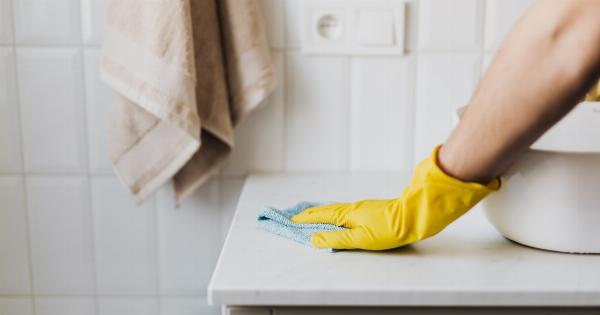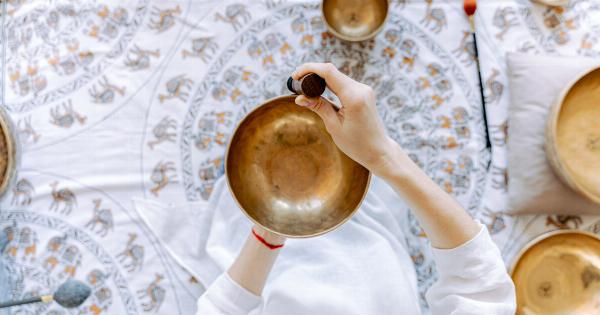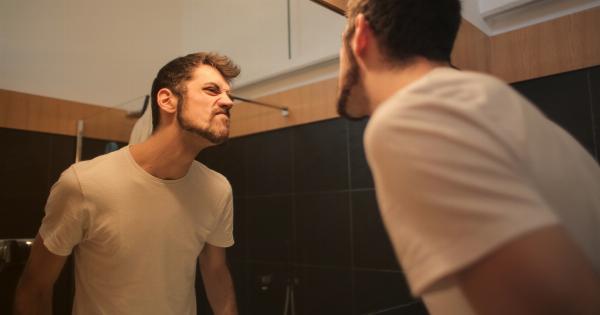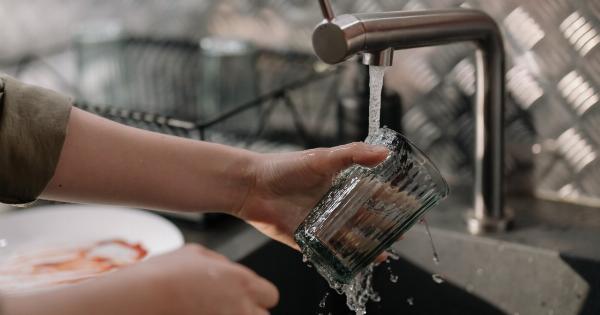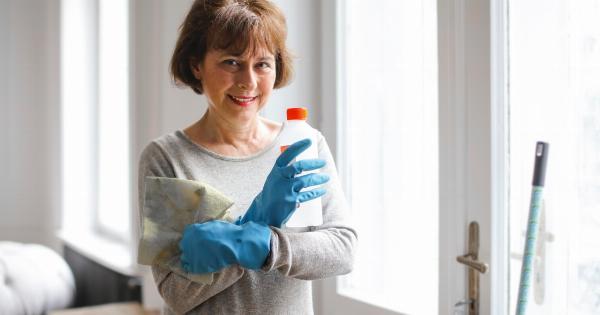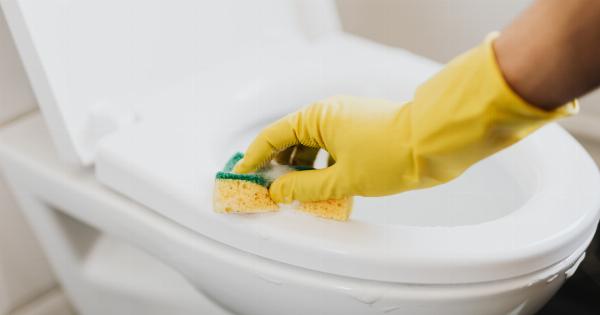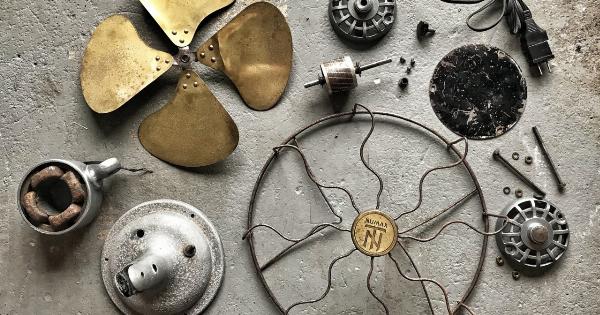When we think about the dirtiest item in our home, we often think about the bathroom toilet or the kitchen sink. But, according to multiple studies, the dirtiest item in your home is most likely something that you wouldn’t expect.
Your Kitchen Sponge
The kitchen sponge is the dirtiest item in your house, according to a study published in Scientific Reports. The study found that the average kitchen sponge contains more bacteria than a toilet seat.
Why is the kitchen sponge so dirty? The answer lies in how we use it. When we use our kitchen sponge to clean up spills or wipe down counters, we are also leaving behind a layer of bacteria.
The warm, moist environment of a sponge is the perfect breeding ground for bacteria to grow and spread.
Other Dirty Items in Your Home
While the kitchen sponge takes the top spot for the dirtiest item in your home, there are plenty of other items that rank high on the list as well. Here are a few:.
1. Cutting Boards
Like sponges, cutting boards are a breeding ground for bacteria. When we use our cutting boards to chop raw meat or vegetables, we are creating an environment where bacteria can thrive.
Make sure to clean your cutting boards thoroughly with hot, soapy water after each use.
2. Kitchen Sink
It’s no surprise that the kitchen sink is a dirty place. Not only do we use it to wash our hands and dishes, but it’s also a place where food particles and bacteria can accumulate.
Make sure to clean your sink regularly and use a disinfectant to kill any lingering germs.
3. Toothbrush Holder
Did you know that your toothbrush holder can be one of the dirtiest items in your bathroom? The damp environment of your holder can allow bacteria to grow and spread. Make sure to clean your toothbrush holder regularly with hot, soapy water.
4. Remote Controls
Remote controls are often overlooked when it comes to cleaning, but they can be a hotbed for germs. Make sure to wipe down your remote controls regularly with a disinfectant wipe to keep them clean.
5. Bath Mat
Your bath mat is another item that can be teeming with bacteria. Make sure to wash your bath mat regularly and hang it up to dry between uses.
How to Keep Your Home Clean
Keeping your home clean doesn’t have to be a difficult or time-consuming task. Here are a few things you can do to keep your home as clean and germ-free as possible:.
1. Wash your hands frequently.
Washing your hands is one of the best ways to prevent the spread of germs and bacteria in your home. Make sure to wash your hands thoroughly with soap and warm water for at least 20 seconds.
2. Use disinfectant wipes.
Disinfectant wipes are a quick and easy way to clean and sanitize surfaces in your home. Keep a supply of wipes on hand and use them to wipe down commonly used surfaces, like door handles and light switches.
3. Clean your kitchen sponge regularly.
Make sure to clean your kitchen sponge regularly to prevent the buildup of bacteria. You can clean your sponge by microwaving it for 30 seconds or by running it through the dishwasher.
4. Replace your toothbrush frequently.
Experts recommend replacing your toothbrush every three to four months to ensure that it stays clean and germ-free.
5. Clean your cutting boards thoroughly.
Make sure to clean your cutting boards thoroughly after each use to prevent the spread of bacteria. You can use a mixture of vinegar and water to clean your cutting boards.
Conclusion
While the kitchen sponge may be the dirtiest item in your home, there are plenty of other items that can also harbor harmful bacteria and germs.
By taking a few simple steps, like washing your hands frequently and cleaning commonly used surfaces, you can help keep your home clean and healthy.











